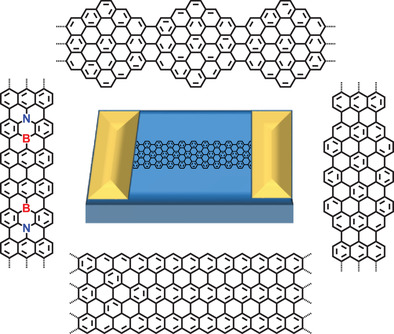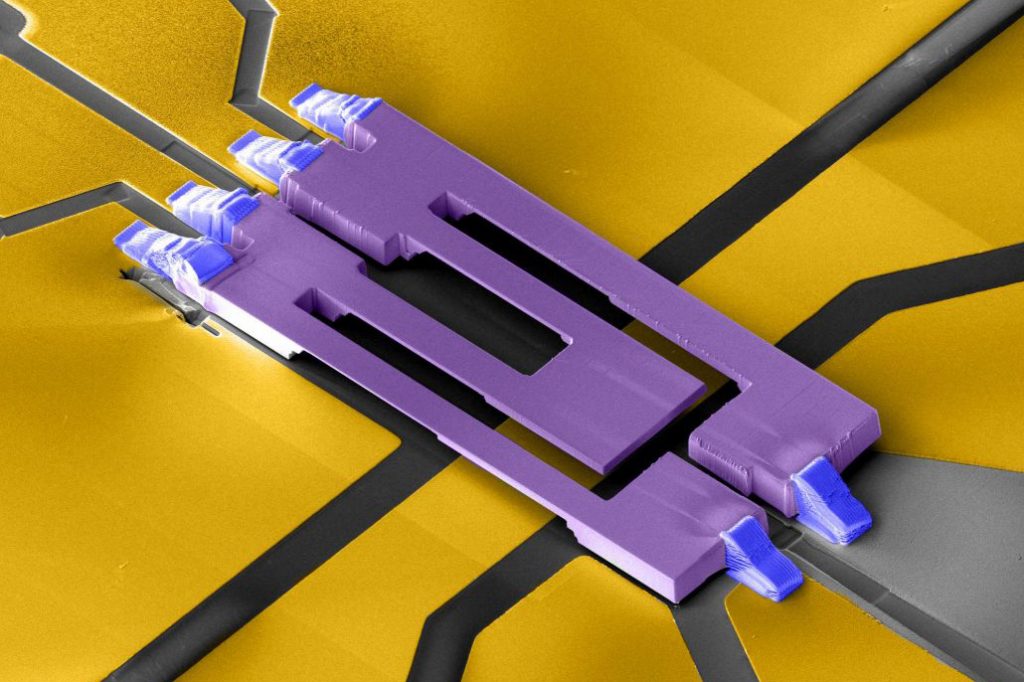Fabrication and amplification of graphene molecular nanoparticlesby synthesis of nano-graphene in surface epitaxial growth method (PhD in nano-microelectronics)
Researcher and author: Dr. ( Afshin Rashid)

Note: These materials are called coke. These materials are considered a catalytic toxin, so the synthesis of graphene in this way is not suitable for catalytic applications . Another weakness of this method is the large structural defects in the layers. In addition it is difficult to transfer to other substrates . It also requires high vacuum conditions and is a costly method. It is used in the fabrication and propagation of graphene molecular nanoparticles.
By synthesizing nano-graphene in the epitaxial growth method on the surface can be used in the fabrication and propagation of molecular graphene nanoparticles, there are properties and applications (nanoparticles) in different forms. Nano-graphene are small materials that range in size from 1 to 100 nanometers. They can be classified into different classes based on their characteristics, shapes or sizes. Different groups include fullers , metal nanoparticles, ceramic nanoparticles and polymer nanoparticles. Nano-graphene synthesis is used in surface epoxy growth method in the fabrication and multiplication of graphene molecular nanoparticles , and the inner nanoparticles have unique physical and chemical properties due to their large surface area and size. Transmits different colors. Their reactivity, toughness and other properties also depend on their unique size, shape and structure. Heavy metal nanoparticles of lead, mercury and tin are so hard and stable that their degradation is not easily achievable, which of course can lead to many environmental toxicities.
Graphene Molecular Nano Memories A new non-volatile charge trapping memory using isolated nano-graphene crystals and uniform distribution is used as a nano floating gate with excellent controllable capacity and uniformity. Nano-graphene load trapping memory with large memory gate (4.5 volts) at low operating voltage (8 volts), chemical and thermal stability (1000 ° C), as well as adjustable memory performance using different tunneling . Graphene has outstanding nanoelectronic properties, very high electron mobility, and unparalleled nanoscale conductivity. It is so conductive that it transmits electrons ten times faster than silicon. These properties make graphene an ideal candidate for future-generation nanoelectronic applications such as graphene molecular nanoparticles. Has turned. In fact, using nanotechnology can increase the storage capacity of information by a thousand times or more. Information storage is a very important and necessary topic that can be done in various ways through nanomolecular memory .

Conclusion :
These substances are called coke. These materials are considered a catalytic toxin, so the synthesis of graphene in this way is not suitable for catalytic applications . Another weakness of this method is the large structural defects in the layers. In addition it is difficult to transfer to other substrates . It also requires high vacuum conditions and is a costly method. And is used in the manufacture and replication of graphene molecular nanoparticles.
Researcher and author: Dr. ( Afshin Rashid)
PhD in Nano-Microelectronics




